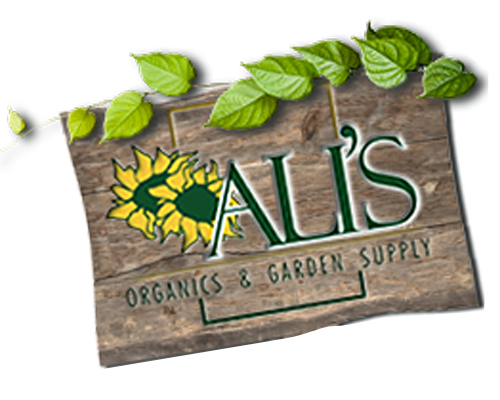Planting a Vegetable Garden in the Shade
Posted February 11, 2017

Not all vegetables need a lot of sunlight to thrive, and with the right planning, you can harvest produce in a less-than-ideal location.
Trial and error is the success when it comes to planting in the shade. Some gardens enjoy full shade most of the day, others receive partial sunlight for part of the day, and more spots get dappled sunlight beneath the canopy of an overhead tree.
Zone location and warmth have a big impact of plants, as well, while ensuring that no two shady spots are alike. Reflective walls and heat-absorbing surfaces, such as asphalt or concrete can help keep the soil and plants much warmer, and possibly to warm in hot southern climates. Plants usually grow faster in warmer conditions, so it may be easier for you to compensate for lack of full sunlight in a warm climate than in a cooler one.
The fact is, growing food in shady conditions require experimentation. Your shady garden spot is unlike anyone else's, so you will have to try some things and see what works for your personal space. Success comes from failure if given a chance. Learn from mistakes, whether the problem is providing to much water, not enough fertilizer or pests that eat your plants.
Try these for the shade : Strawberries are one of the best choices for partial shade. Plant the variety that your local nursery suggest to help with success. Grow cherry tomatoes instead of the big variety ones such as beefsteak that require more light energy to produce a crop. Bush beans will produce a decent crop in less 8 hours of sunlight. Greens, such as kale, chard, collards can still produce with only 3-4 hours of direct sunlight a day.
Know your space! Every partial-shade situation is different, so take the time to observe how light falls in that particular area you plan to plant.



Comments (0 Comments)
There are no comments.
Post Comment